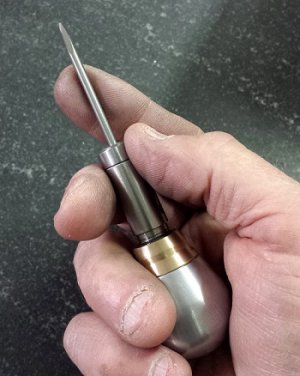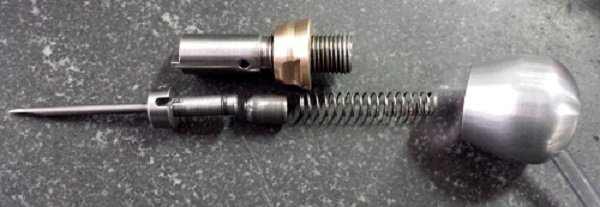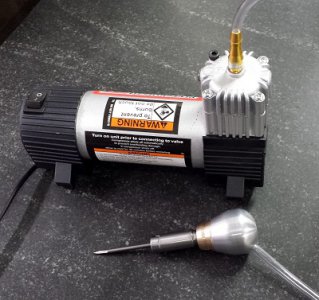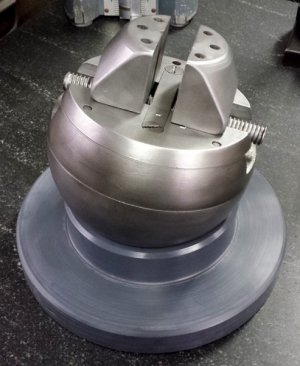I would caution you on copying Steve's jig. The design is patented and despite what many people believe building one for personal use is not a legal side step to the protection offered by a patent. What you do is your business. I think even Shawn would admit at this point that for all the time he has invested in builds, failures and design, he could have purchased a tool from one of the manufacturers and spent more time engraving.
I've commented on this same thing in the past, and taken heat for it, when people want to buy an old machine that needs scraping, alignment, bearings lead screws, nuts etc. I weighed all those things when I wanted to purchase my machines and despite being trained as a machine tool rebuilder I chose to buy new tools. The factors were time to repair, tools needed to effect the repair and the desire to make parts and projects not fix machines. Everyone's experience and opinion may vary and I am totally OK with that. I just know what made sense and worked out for me.
When I needed to retire for medical reasons and wanted to really try engraving I wanted tools that were proven to work, would cut down on my learning curve, and let me learn to engrave, not make engraving tools. Again, your situation may vary. Let me know if I can help in any way.





